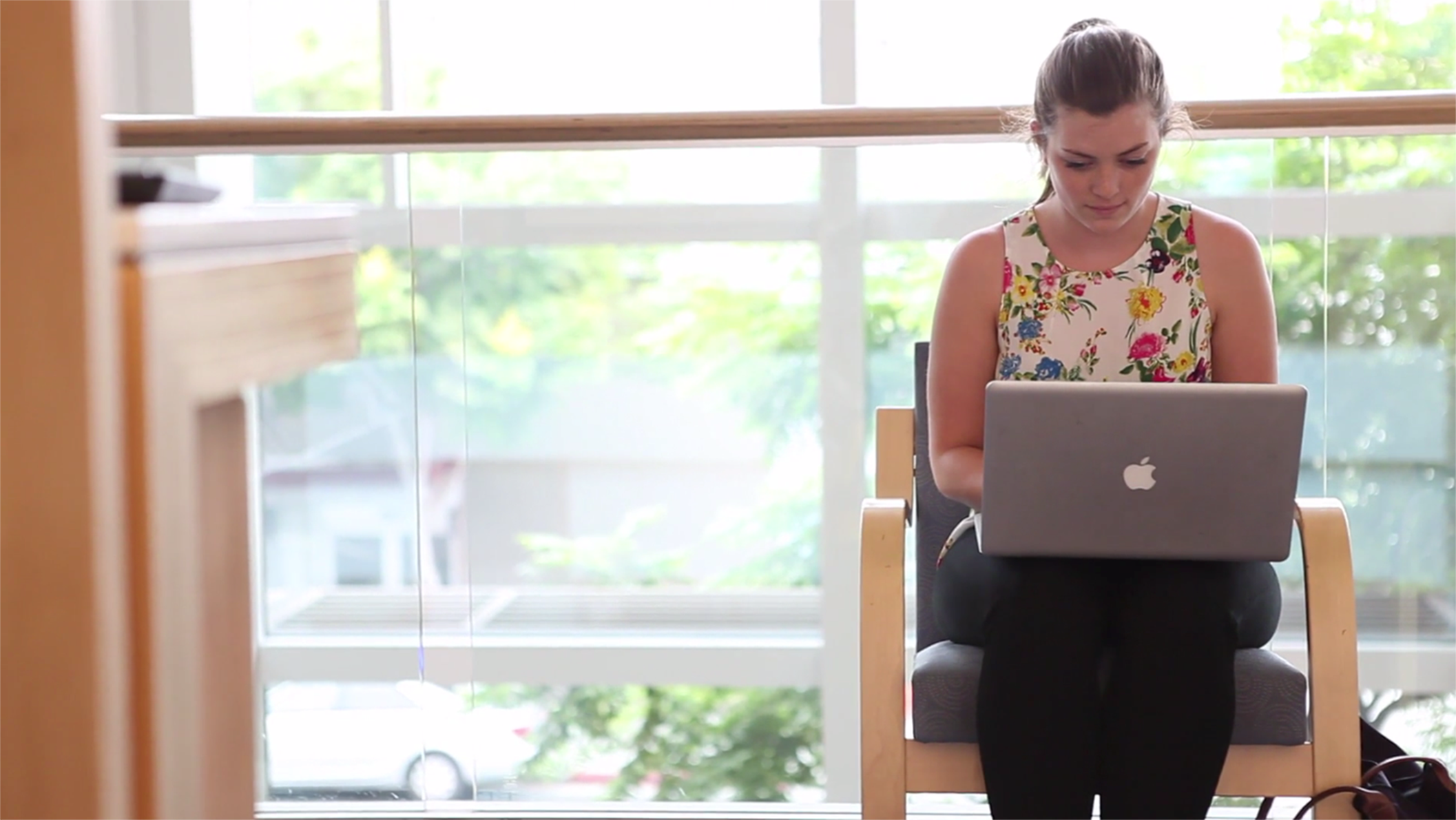For more, check out our full Coronavirus Resource Library at this link.
Online, at-home AP testing kicks off next week. On its surface, a 45-minute test taken from the comfort of your home might sound like a breeze, but for many students, the pressure to perform can still be high. There’s a lot riding on just one or two questions, and it can be stressful to know you have only one shot at showing what you’ve learned.
That feeling of stress is completely understandable. Test-taking anxiety is a common challenge even under normal circumstances.
However, one aspect of stress that’s easy to forget--and encouraging to remember--is that a certain amount of stress can actually help us achieve our highest performance levels. Short-lived stress, like the rush of stress hormones you experience at the start of an exam, can keep you alert and prime your brain for a heightened performance. With the right preparation, you’ll be able to stay in control and channel your energy in the right direction when it happens.
Here are some steps you can take in advance to manage your anxiety and remain composed during stressful moments on test day.
Reduce the uncertainties of test day
Even though some elements of test day may be outside of your control, you can prepare for those that are in your control.
Tech. Tech issues are a top worry for many students. A certain level of uncertainty is inevitable because these are the first at-home, digital AP exams. To give yourself the best chance of success, practice using the interactive demo at least 2-3 times in the days leading up to the exam. On test day, plan to log in 30 minutes before your exam is scheduled to begin.
Testing environment. Find a quiet space where you can focus and perform your best on test day. Studying in the same spot now can help you increase your comfort level on test day.
Content. The College Board website tells you what types of FRQs you can expect to see. Make the most of this opportunity to organize your notes and practice with historic FRQs. Practicing under timed conditions is one of the best ways to fine-tune your pacing, get used to managing your anxiety, and practice using your notes effectively.
Remember, it’s in the College Board’s best interest for students to have a successful at-home testing experience. Unfairly tricky questions are unlikely, so if you’ve been consistently studying and practicing, you should be in great shape.
Build your self-awareness ahead of timeRecognizing your physical and mental responses to stress can go a long way toward counteracting them. Simply naming your feelings can decrease the intensity of negative emotions. Start paying attention to how you feel and how your body reacts when you study for an exam.
When you’re anxious, does your breathing become irregular? Try counteracting that response with controlled breathing exercises, such as box breathing (inhale, hold, exhale, and hold again for 4 seconds each). Because controlled breathing slows your heartbeat, sends more oxygen to your brain, and lowers your blood pressure, you should feel yourself physically relaxing and becoming calmer.
It’s equally important to make a habit of acknowledging and amplifying your strengths. If you can identify the things you’re good at, you can build your confidence by reminding yourself of those strengths and showing them off on purpose on test day. For example, let’s say you’re great at relating the topic of a US History prompt to broader historical events. You can shift your immediate focus to showing off your contextualization skills, which not only puts you in a position to increase your score but also leaves less room for test-day worries to creep in.
Have a plan for the day of the exam
A test-day routine will get you mentally and physically ready to manage your anxiety and perform your best. Map out what time you’ll wake up, what you’ll eat, and how you’ll get yourself set up.
As an example, your morning routine could look something like this:
- 7:30AM: Eat breakfast and put on comfortable clothes.
- 8:00AM: Wake up your body. Do a few jumping jacks or pushups to get your blood flowing.
- 8:10AM: Wake up your brain. Read something easy or review the first page of your notes.
- 8:20AM: Drink something, use the restroom, and double check you have everything you need.
- 8:30AM: Log in. Stretch and do controlled breathing exercises while you wait.
- 9:00AM: Begin your exam.
It can also be helpful to have a game plan in case something goes wrong. Whatever the issue, you can try a few simple steps:
- Stop and breathe. Don’t let a minor issue spoil your entire exam.
- Reset. Remind yourself that you have a plan to address problems and that you’re in control of the situation.
- Make a note, take a screenshot, and/or take a picture with your phone of the issue.
- Contact the College Board immediately after the exam to report the incident and request a retake.
Remember, you’ve got this. You’ve worked hard and know everything you need to know. Good luck next week!
Need more individualized advice?
If you have specific questions or want a personalized plan, reach out to our experts here. We’re happy to help in any way we can.
About ArborBridge
ArborBridge is the global leader in innovative, digital, one-on-one tutoring. With nearly a decade of experience teaching students online, ArborBridge supports students of all kinds: home schoolers, AP students, test preppers, and more. Our tutors specialize in creating personalized plans and in providing compassionate support for students and families.







